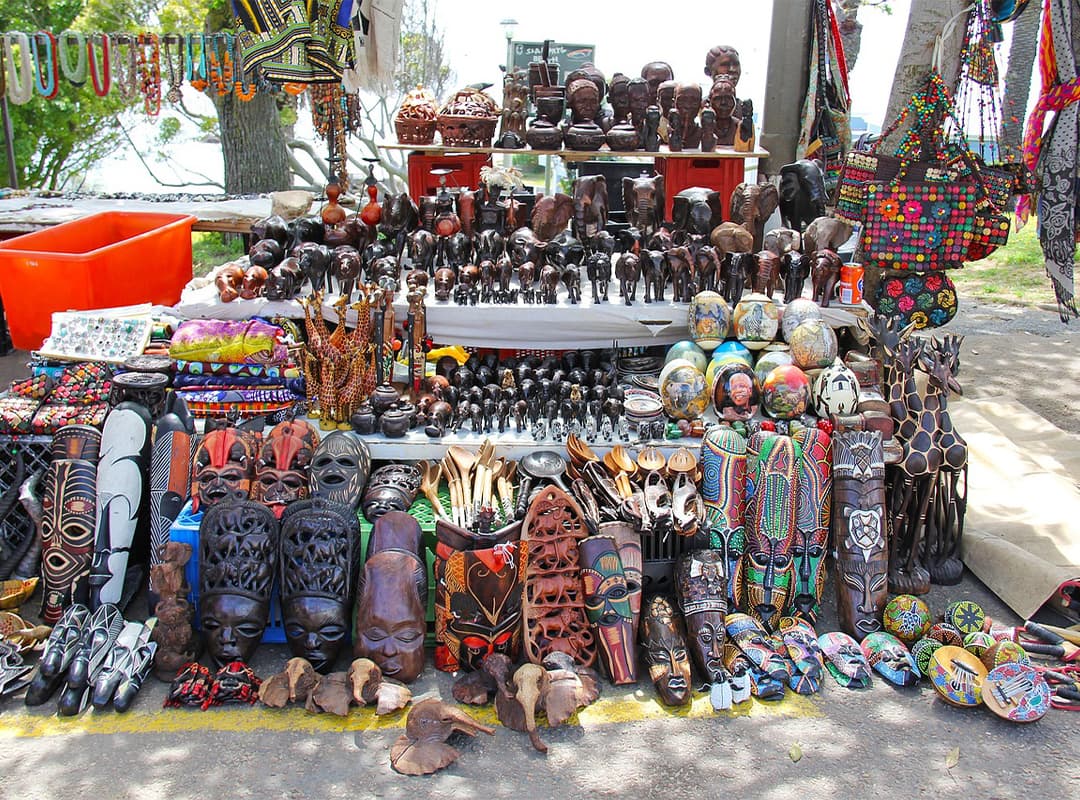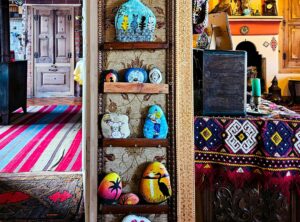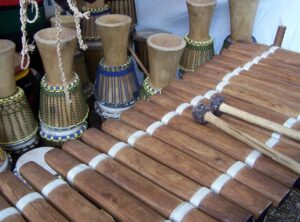Africa is the cradle of humanity. Long before the first written records existed, people, culture and traditions flourished here under the bright, hot sun.
Honoring the fruits of nature, Africans centered their artistic styles around images of flora and fauna, as well as natural motifs.
But everything flows, everything changes, and new themes and new materials came to African art. And although artists were inspired by human forms, they also discovered many new styles outside the norms of traditional African art, such as contemporary painting and beautiful handmade fabrics.
So, let’s get acquainted with the diverse styles of this mysterious continent, starting with the earliest sculptures of the Nok civilization and ending with the excellent bronze casting of East Africa.
In the early Iron Age, the Nok civilization of eastern Nigeria created impressive terracotta sculptures that often depicted abstract figures of ancient people and animals, like tombstones or magical amulets.
Although almost nothing is known about the Nok culture, during excavations, archaeologists have found many clay figurines created about 2 thousand years ago. The stylized heads, decorated with intricate jewelry, barely survived the long years of the destructive effects of water, and now allow us to see the life of this early civilization.
Even today, sculpture is a very common art form in Africa. Historically, it was made from wood and other organic materials collected by artists.
West Africans, however, later contributed to the influx of bronze casting to the region, as it was used to decorate the palaces of rulers and much more.


